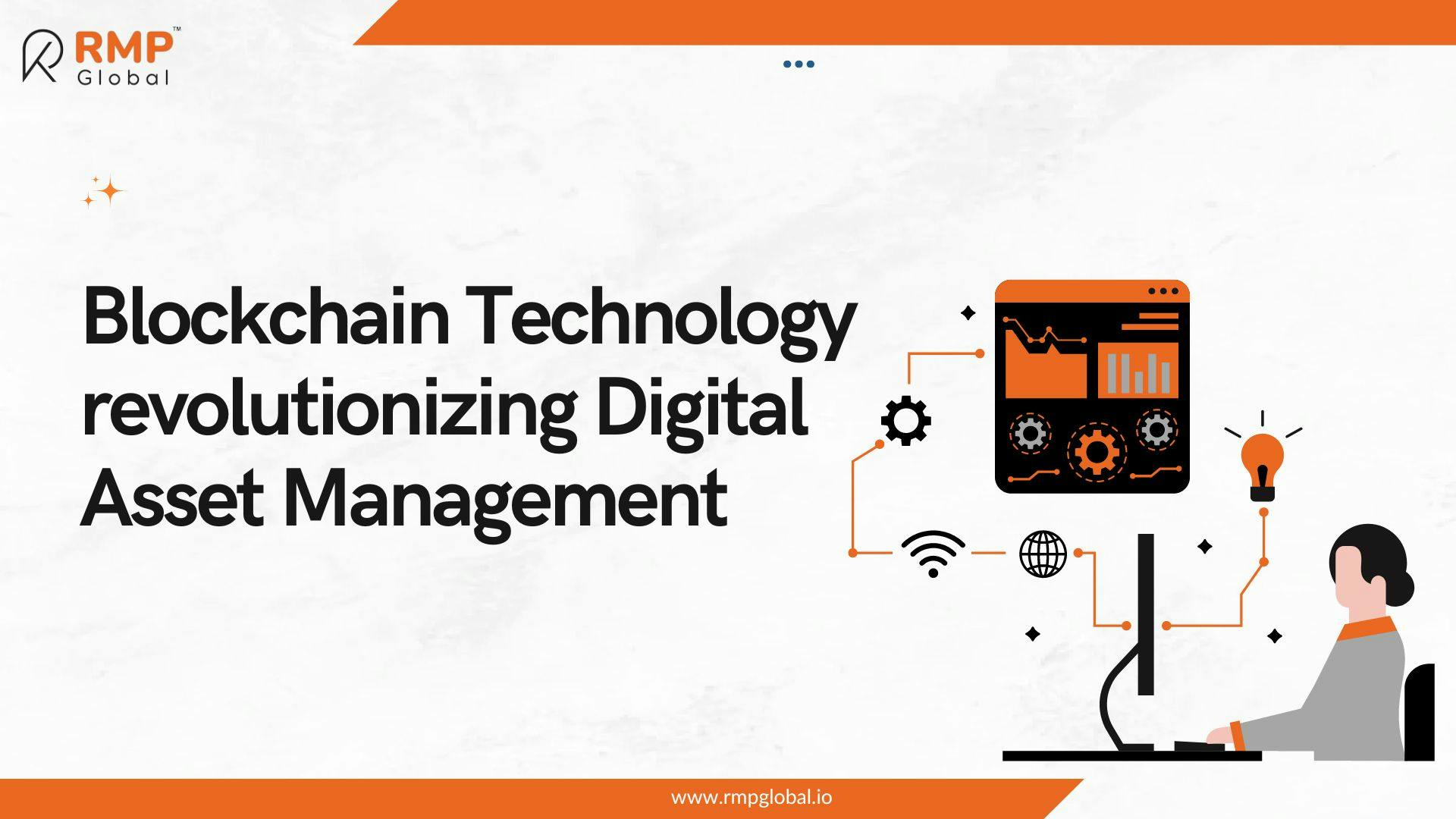
Share
What is Blockchain Technology?
In the rapidly evolving digital age, managing assets efficiently and securely has been top priority for businesses and individuals alike. Blockchain Technology, A Decentralized Ledger Technology that helps record transactions across multiple computers. Which ensures that the recorded transactions are not altered retroactively providing a high level of security and transparency in the organization. Each transaction, known as “block” is linked to the previous transaction, thus creating a “chain” of blocks – which justifies the name blockchain.
What Role does Blockchain play in Digital Asset Management?
Digital Asset Management (DAM) involves the easy organization, management and retrieval of the firm’s Digital Assets (such as its documents, images, videos as well as all other media files). By providing a systematic approach in managing these assets efficiently, it also ensures that these contents are easily accessible. It helps businesses to maintain control over digital contents, enhance collaborations and streamline workflows. Centralizing assets in a structured repository, Digital Asset Management (DAM) is enhanced using this Blockchain in several ways such as,
Security and Data Integrity:
The decentralized nature of blockchain means that the data is not stored at a single location which makes it less vulnerable to hacking or data breaches. Each transaction (or “block”) is encrypted and linked to the previous one, ensuring data integrity.
Ownership Tracking and Transparency:
Every transaction is recorded on a public ledger that can be easily verified by anyone. Enhancing transparency and helps in tracking the ownership and history of digital assets. That reducing the risk of fraud and counterfeiting.
Efficiency and Cost Reductions:
By Automating and streamlining processes through smart contracts (self-executing contracts with the terms of the agreement directly written into code). Blockchain reduces the need for intermediaries, speeding up transactions and reducing costs.
Traceability:
Blockchain technology provides the complete history of an asset’s lifecycle, from its creation to the current owner. This traceability is particularly useful for managing the Intellectual Property that creators get proper credit and compensation for their work.
How do firms benefit by using Blockchain for Digital Asset Management (DAM)?
- With blockchain, digital assets are stored in a secure and tamper-proof environment. Which significantly reduces the risk of unauthorized access and data manipulation.
- Blockchain enables seamless sharing of digital assets among the stakeholders. All entities involved can access the most up-to-date version of the asset, improving collaboration and reducing errors.
- By eliminating the need for intermediaries, blockchain reduces transaction costs. Automated processes help minimize administrative expenses, making asset management more cost-effective.
- Traditional asset management processes can be slow and cumbersome. Blockchain speeds up transactions by automating workflows by reducing the need for manual intervention.
- Blockchain’s transparency and traceability features help businesses comply with regulatory requirements by providing a clear audit trail of all transactions.
Real-World Applications of Blockchain in Digital Asset Management
Intellectual Property Management (IPM) :
Artists, musicians, and writers use blockchain technology to manage and protect their Intellectual Property (IP) rights ensuring that they receive fair compensation for their work.
Supply Chain Management:
Businesses can easily track and verify the product authenticity throughout the supply chain processes, from production to delivery, ensuring product quality and reduced counterfeiting.
Real Estate Property Transactions:
Blockchain can help streamline the property transactions by providing a secure and transparent platform for recording property ownership and transfer details. And reducing fraud risks and faster transaction processes.
Financial Management:
Financial institutions can use blockchain for secure, efficient management of digital assets like stocks, bonds, and other securities, improving transaction speed and reducing costs.
In a nutshell, Blockchain technology has been transforming digital asset management, offering unparalleled security, transparency and efficiency. By the blockchain technology, businesses can manage their digital assets more effectively, ensuring data integrity, cost reduction and improved collaboration. As blockchain continues to evolve, its impact on digital asset management will only grow, unlocking new opportunities and driving innovation.
Ai Extensive – www.aiextensive.com
This article is only a knowledge-sharing initiative and is based on the Relevant Provisions as applicable and as per the information existing at the time of the preparation. In no event, RMP Global. or the Author or any other persons be liable for any direct and indirect result from this Article or any inadvertent omission of the provisions, update, etc if any.
